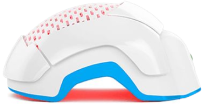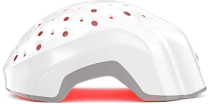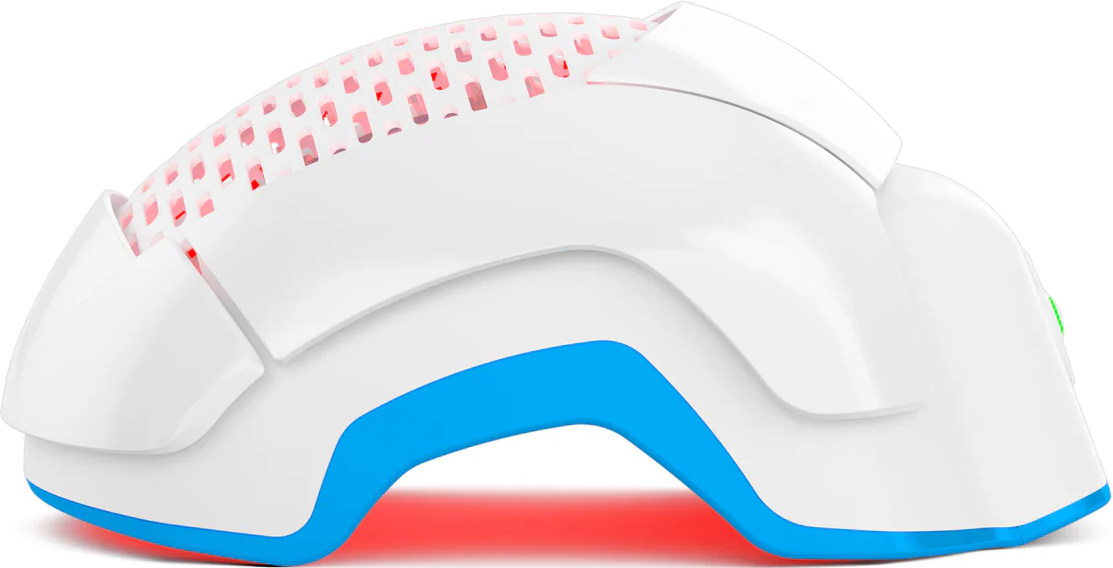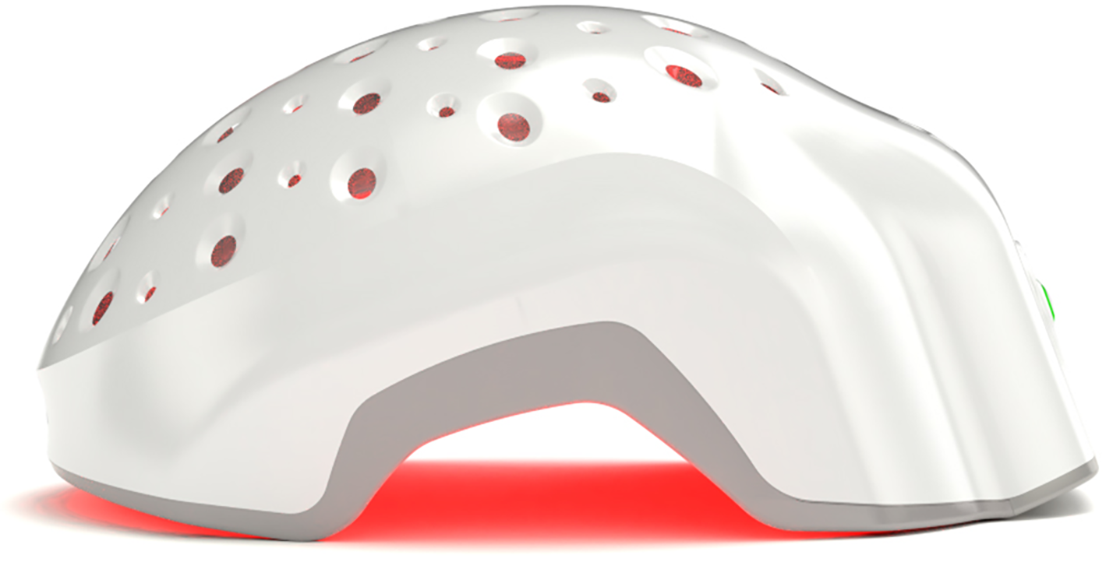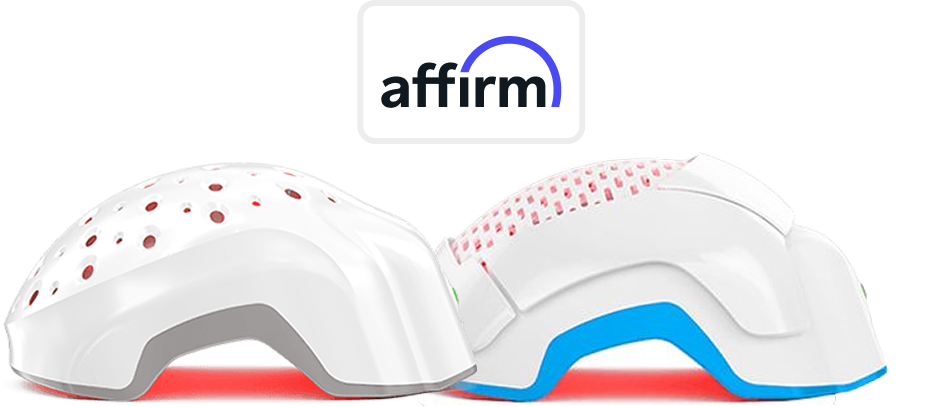Wearing hats is a common part of many people's daily lives. Baseball caps, winter knit hats, and wide-brimmed sun hats are just some examples of the hats people often put on before heading out the door. But does regularly wearing a hat cause dandruff or any annoying scalp condition?
Dandruff, those dry, flaky skin cells that fall from the scalp, is a nuisance many struggle with. While harmless, having white flakes on your shoulders is embarrassing and can damage your self-confidence. If you deal with dandruff, you've probably tried various shampoos and other treatments to manage it. But you may not have considered your hat as a potential cause.
Wearing a hat does not directly cause dandruff. Dandruff is usually caused by a combination of factors such as dry skin, oily scalp, or a fungal infection. However, wearing a hat may trap heat and moisture, which can increase existing dandruff, but it doesn't cause dandruff on its own. In this blog post, we'll look at the connection between frequent hat use and dandruff. Does wearing a hat really make dandruff worse for some people? Or is that just an old myth? Let's explore the topic in detail.
What is a Dandruff?
Before we look at whether hats cause dandruff, let's make sure we understand what exactly dandruff is. Dandruff goes by the medical name seborrhoeic dermatitis. It occurs when your scalp sheds skin cells at a faster rate than normal. Your scalp naturally sheds dead skin cells every day. But with dandruff, the shedding process speeds up. The excess skin cells die and flake off in clumps. This causes visible white or gray flakes in your hair and on your shoulders.
Dandruff flakes can be small and powdery or large and greasy. The flakes are usually not a sign of poor hygiene. Dandruff is just the result of the scalp's skin renewal process going into overdrive for some reason. Along with flakes, dandruff may cause irritation or itchiness on the scalp.
What Causes Dandruff?
When trying to manage frustrating dandruff flakes, it helps to understand what factors can trigger and worsen the condition. Common causes of dandruff include:
1. Oily Scalp
One common cause of dandruff is having an oily scalp. Hats can trap oils, sweat, and skin cells on your scalp. When the sebaceous glands on the scalp produce an excessive amount of oil. This way wearing hats can lead to dandruff. The excess oil produced from hats can create an environment that promotes the growth of dandruff-causing fungi or bacteria. This can result in inflammation and increased shedding of skin cells, leading to seborrheic dermatitis.
2. Yeast Overgrowth
In addition to an oily scalp, an overgrowth of yeast on the scalp can also trigger dandruff in some people. There is a type of yeast called Malassezia that lives naturally on everyone's scalp. It feeds on the oils secreted by the scalp. Normally, Malassezia yeast grows at a controlled, slow rate. But for those prone to dandruff, the yeast population can grow rapidly. This overgrowth of yeast disrupts the normal skin renewal cycle. It causes skin cells to be produced and shed at a faster-than-normal pace. The increased skin cell turnover leads to a buildup of dead cells that clump together and flake off as dandruff.
3. Dry Skin
Dry and irritated skin can also cause dandruff in your hair. When the skin on the scalp becomes dry and irritated, it can flake off and result in dandruff. Factors such as cold weather, low humidity, and excessive washing can contribute to dryness, causing the skin cells to shed more quickly and leading to seborrheic dermatitis.
4. Sensitivity to Hair Care Products
Some people's scalps are more prone to irritation from hair products, which can worsen dandruff. Shampoos, conditioners, gels, mousses, and sprays all come into direct contact with the scalp. For those with sensitive skin, certain ingredients in shampoo and these products can cause redness, dryness, and scalp inflammation. This disrupts the normal skin cell cycle and leads to increased shedding and flaking. Sulfates and parabens, in particular, are common culprits for irritation. Switching to more natural, gentle hair care products can help calm the scalp and avoid excess skin cell turnover that causes dandruff.
5. Poor Hygiene
When the hair and scalp are not cleaned regularly, dead skin cells, oil, and product buildup can accumulate. This creates an ideal environment for the growth of dandruff-causing fungi or bacteria. Without proper cleansing, these microorganisms can flourish, leading to inflammation, itching, and flaking of the scalp. Therefore, maintaining good hygiene by regularly washing the hair and scalp can help prevent dandruff.
Can Hats Really Cause Dandruff?

Hats don't directly cause dandruff but could be a contributing factor for individuals susceptible to flaking. Dandruff is primarily caused by factors such as dry scalp, oily scalp, yeast overgrowth, sensitivity to hair products, poor hygiene, and stress or hormonal changes. While wearing a hat may contribute to dandruff indirectly, it is not the sole cause. Wearing a hat can lead to sweat accumulation on the scalp, which, if not properly cleaned, can create an environment conducive to the growth of dandruff-causing microorganisms. For those already struggling with dandruff, wearing a hat everyday may sometimes worsen dandruff symptoms.
Additionally, the friction and pressure from a hat sitting snugly on the head may worsen flaking for some. The rubbing against the scalp may directly trigger increased cell turnover and excess shedding. Therefore, it is important to maintain good scalp hygiene by regularly washing the hair and scalp to prevent dandruff, especially after wearing hats for extended periods. So, while hats themselves do not cause dandruff, factors related to wearing hats can contribute to dandruff development if proper scalp care is not followed.
Also Read: Does Wearing a Hat Cause Hair Loss?
Does Dandruff Cause Hair Loss?
Dandruff does not directly cause hair loss. Dandruff is a common scalp condition characterized by flaking and itching. While dandruff can be bothersome, it typically does not lead to permanent hair loss. However, if dandruff is severe or chronic, it can cause a condition called seborrheic dermatitis, which may result in temporary hair thinning or hair loss. Seborrheic dermatitis is a more severe form of dandruff that causes scalp inflammation and excessive oil production. This inflammation can affect the hair follicles and disrupt the normal hair growth cycle, leading to temporary hair shedding or thinning. As such, if you do not control or manage your dandruff, it can lead to accelerated hair loss.
Is Wearing a Hat Everyday Bad for Your Hair?
No, wearing a hat is not inherently bad for your hair and scalp health. In fact, wearing a hat can offer protection from the sun's harmful UV rays, which can help prevent sunburn on the scalp. However, it's important to keep in mind that certain factors related to wearing hats can impact scalp health if not managed properly. Wearing hats too often without washing them can allow dirt, oil, and sweat to build up in the fabric. This can block airflow to the scalp and provide an ideal environment for microbes to grow. Hats may also trap heat and moisture against the scalp, which can promote inflammation or fungus growth.
Learn More: Is sweat good for hair growth?
How to Prevent Dandruff and Hair Loss Wearing Hats?
If your severe dandruff is causing hair loss from scalp irritation and scratching, there are some steps you can take to help prevent further thinning:
Use Anti-dandruff Shampoos
Controlling flaking with medicated shampoos reduces itchiness and the need to scratch. Zinc pyrithione and ketoconazole are effective antifungal ingredients.
Also Read: Does Dry Shampoo Cause Hair Loss?
Don't Scratch
Avoid digging your nails into the scalp, which damages hair follicles. Keep nails trimmed short to minimize scalp trauma from scratching.
Use Gentle Hair Products
Avoid harsh ingredients like sulfates that strip natural oils and cause dryness and itching.
Shampoo More Often
Frequently wash away product buildup and flakes to unclog follicles and reduce the need to scratch.
Brush and massage
Brushing and massaging your scalp can help prevent hair loss from dandruff. Brushing your hair helps to remove any loose flakes and stimulates blood circulation in the scalp. Massaging your scalp with your fingers or a scalp massager can also increase blood flow and help distribute natural oils, keeping the scalp moisturized and reducing dryness that can contribute to dandruff.
Try Theradome
Theradome, a helmet for hair regrowth, can help prevent hair loss from dandruff in a few ways. By using low-level laser therapy (LLLT), Theradome stimulates hair follicles, promoting hair growth and reducing hair loss. The laser light can penetrate the scalp, improving blood circulation and reducing inflammation, which can contribute to dandruff. With regular use, Theradome can help combat dandruff-related hair loss and promote healthier hair growth.
Conclusion
In conclusion, wearing a hat does not directly cause dandruff, but it can contribute to its development if proper scalp care is not followed. Factors such as sweat accumulation and friction from the hat can aggravate dandruff symptoms for some individuals. However, dandruff itself does not lead to permanent hair loss, although severe or chronic dandruff may cause temporary hair thinning or shedding. It is important to maintain good scalp hygiene, use anti-dandruff shampoos, avoid scratching, use gentle hair products, shampoo more often to unclog follicles, and incorporate brushing and massaging the scalp into your routine.
Additionally, Theradome, a hair regrowth device that uses low-level laser therapy, can help prevent hair loss from dandruff by stimulating hair follicles and improving scalp health.


